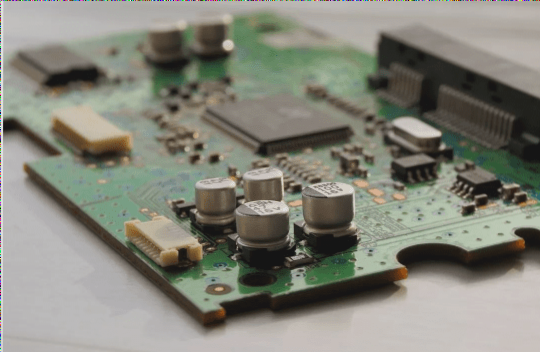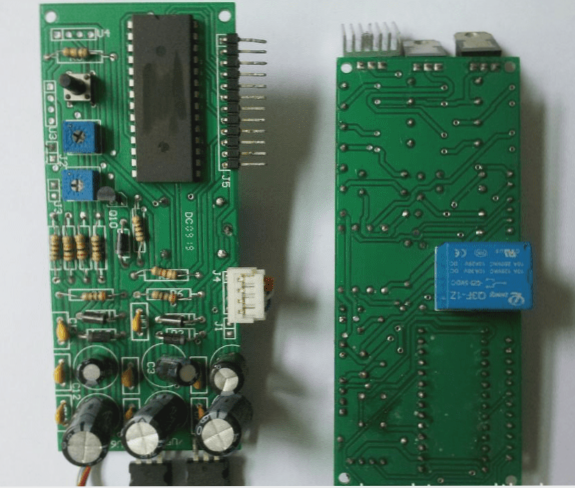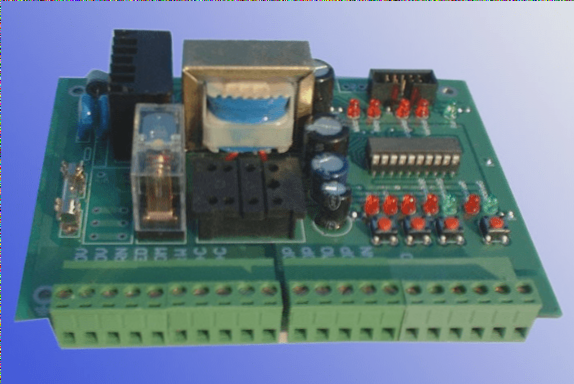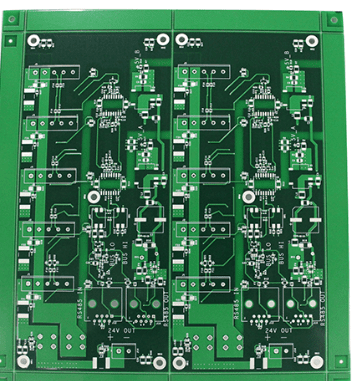FPC connector soldering techniques: Enhancing product longevity.
Improper soldering practices for FPC connectors can lead to significant component loss, highlighting the need for better understanding of correct techniques and maintenance for successful soldering.
FPC connector soldering techniques: Enhancing product longevity. Read More »










